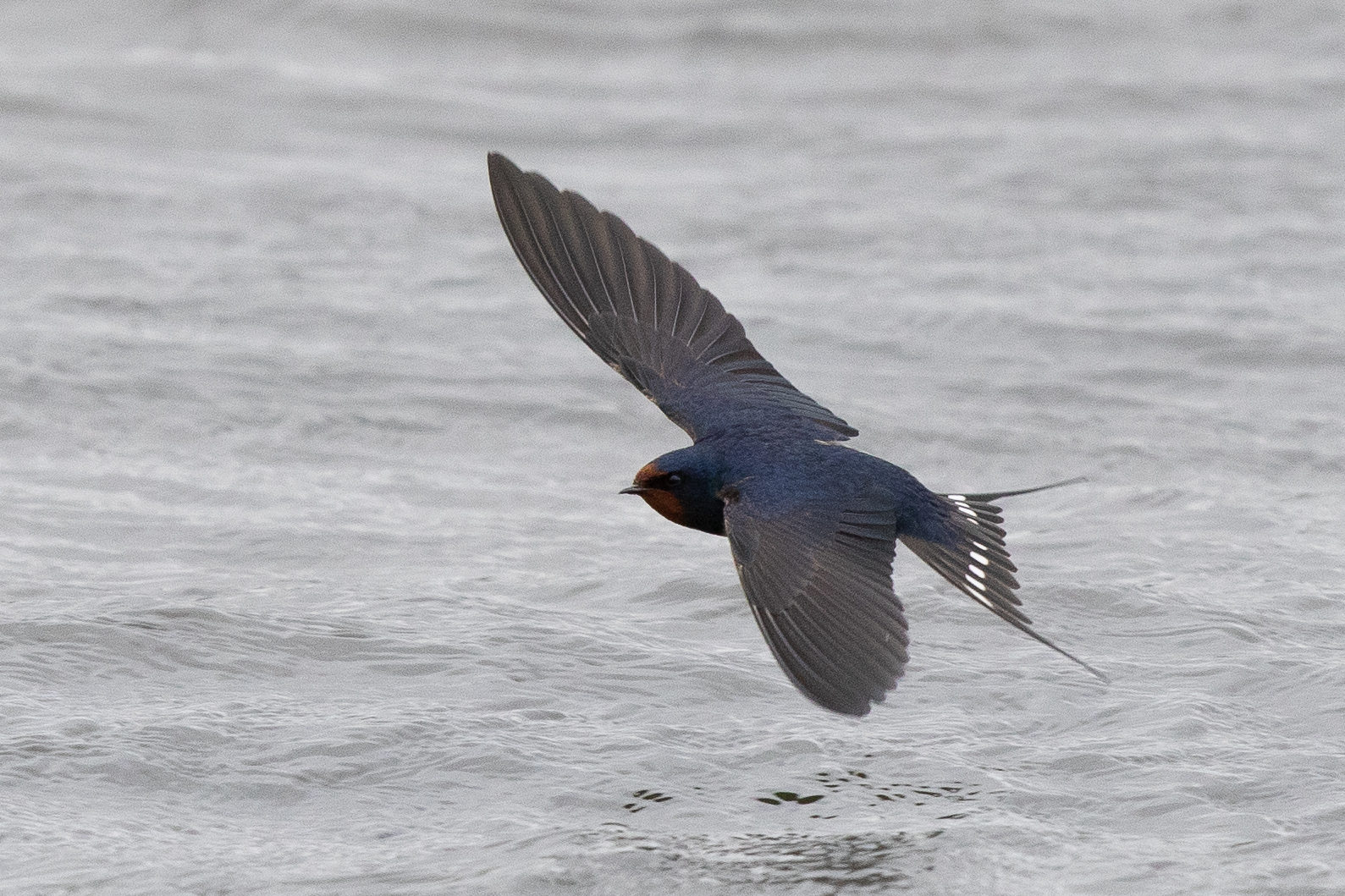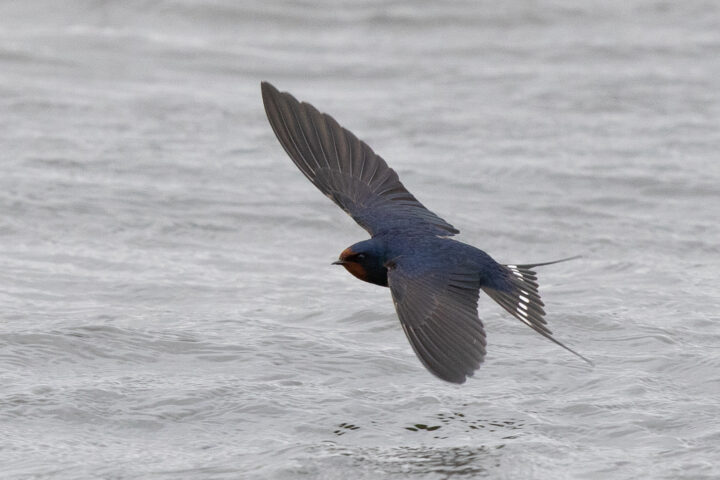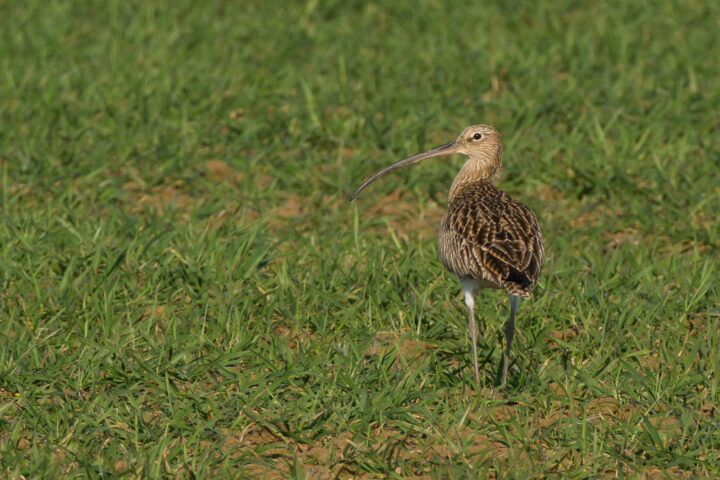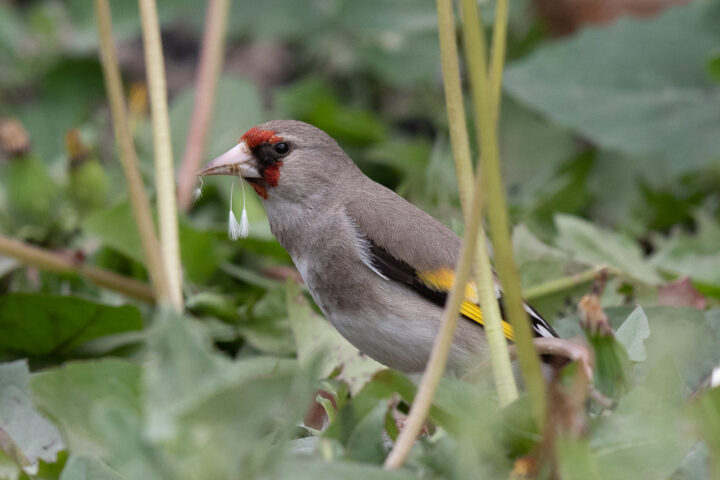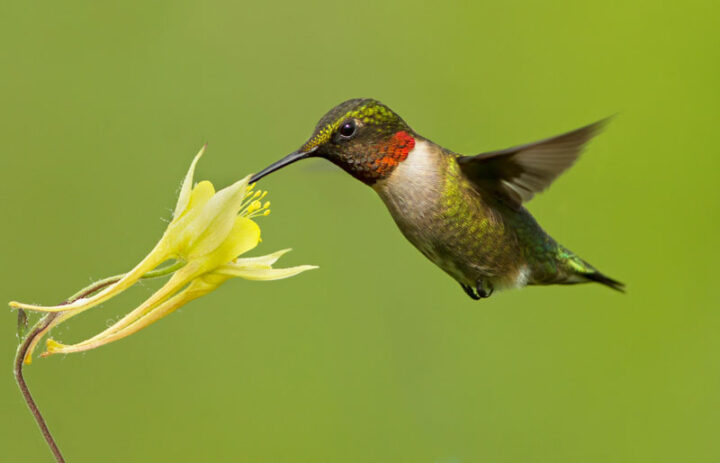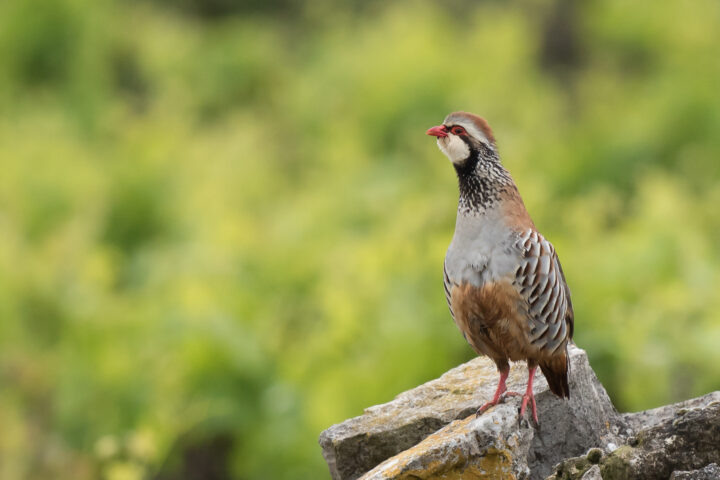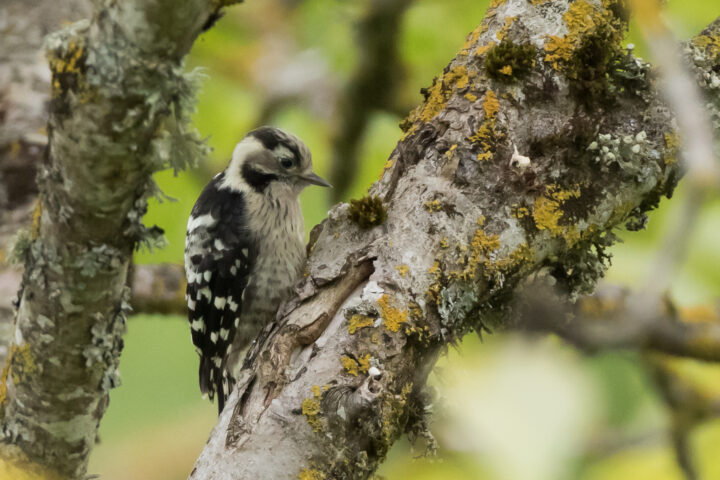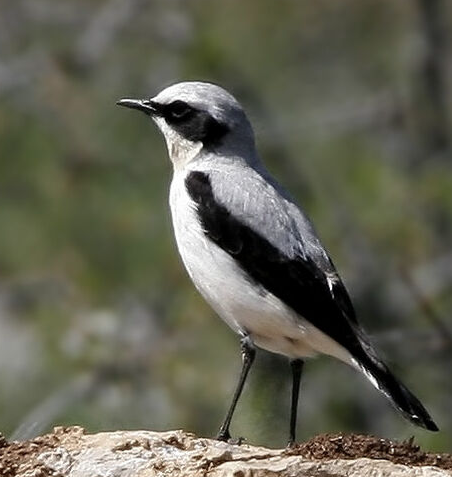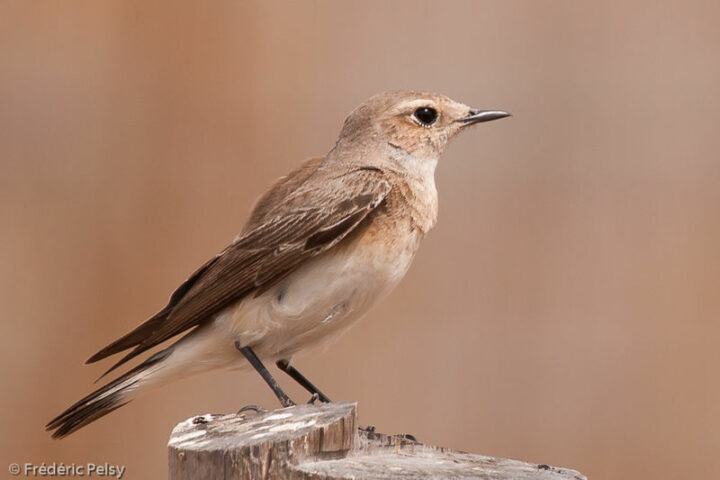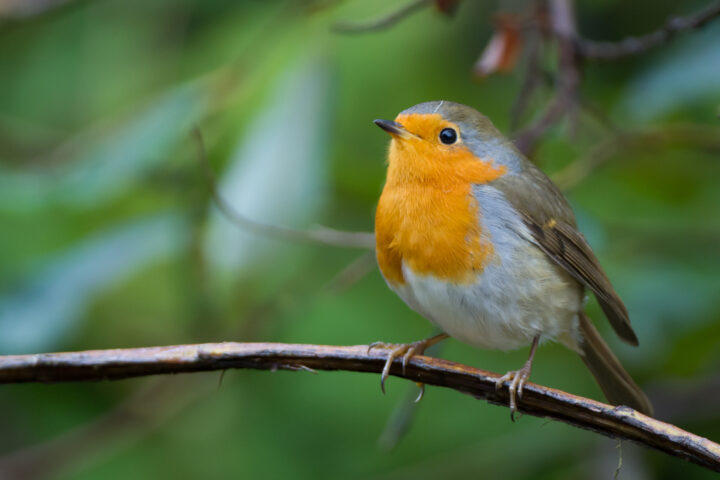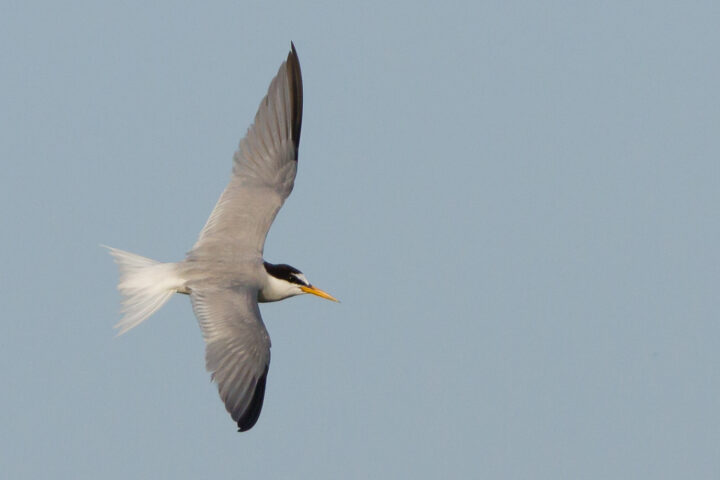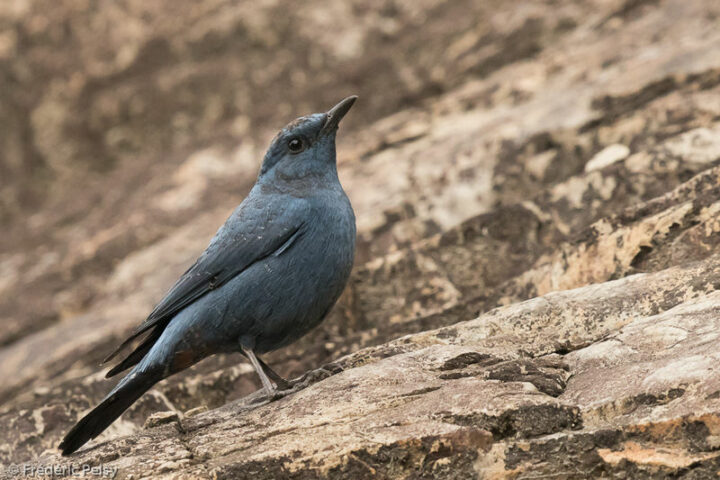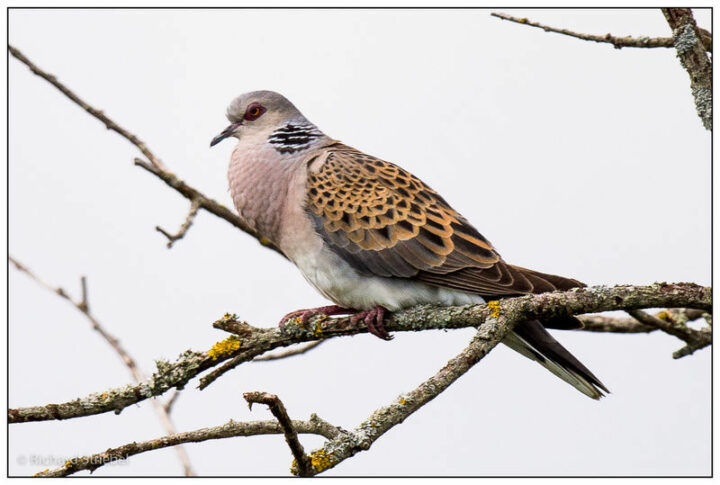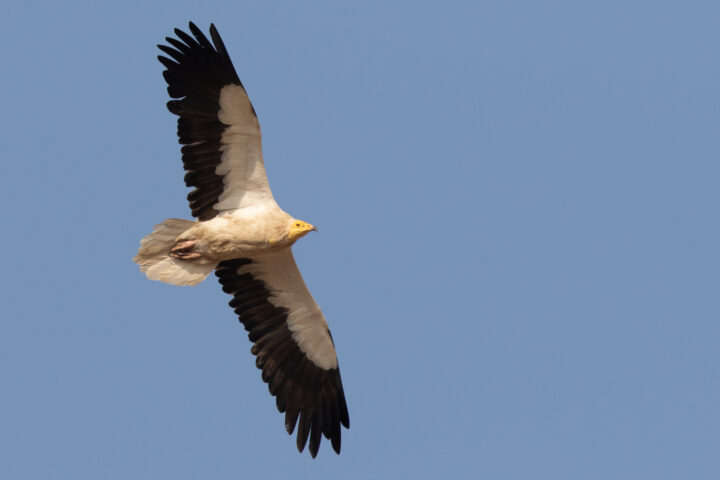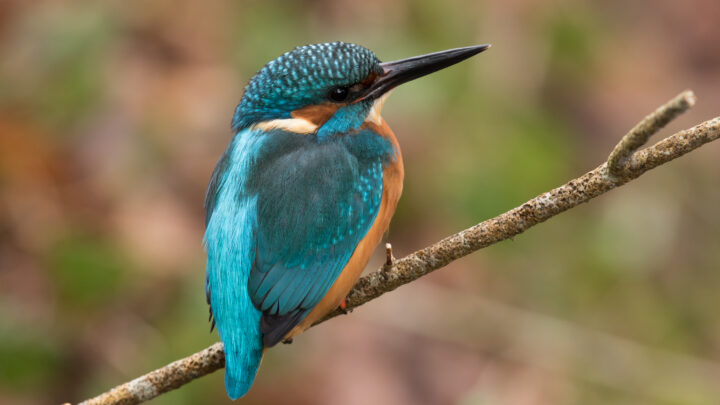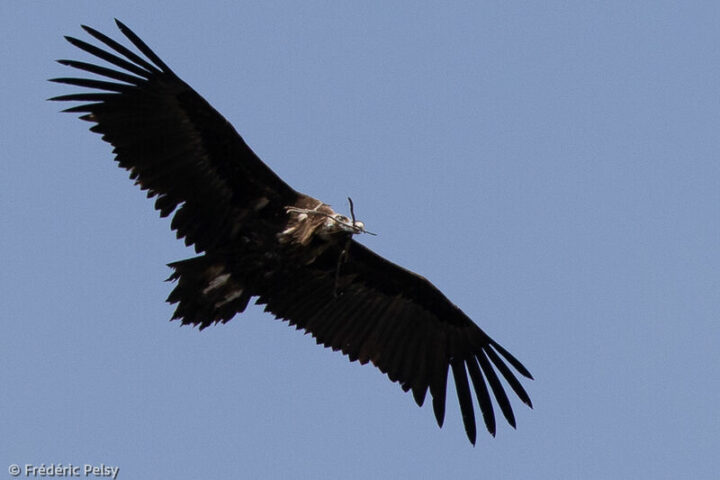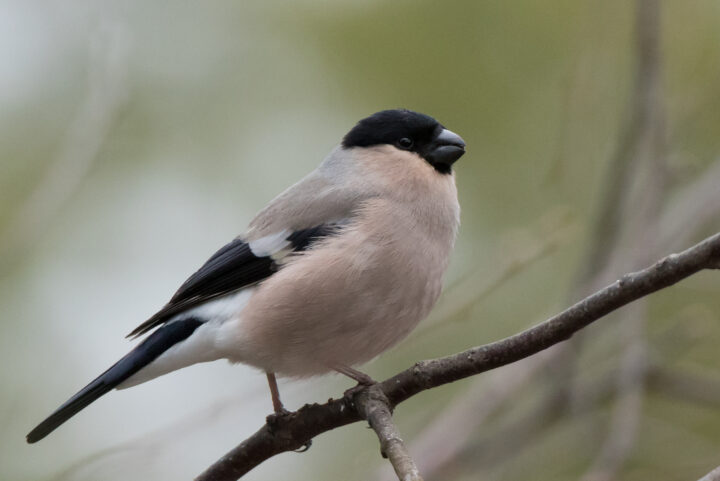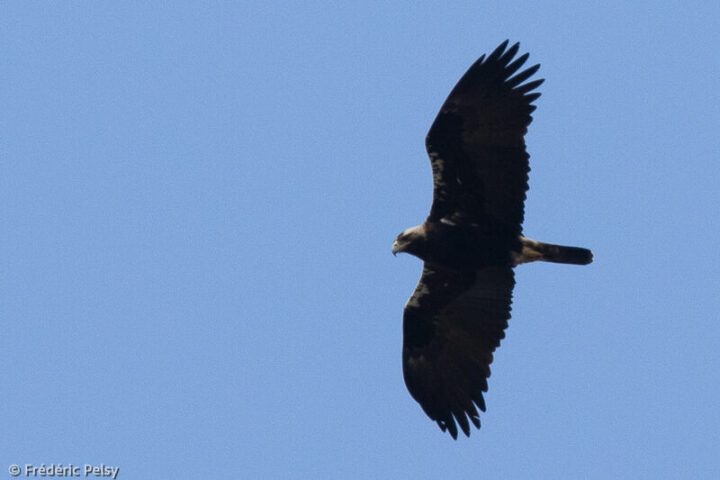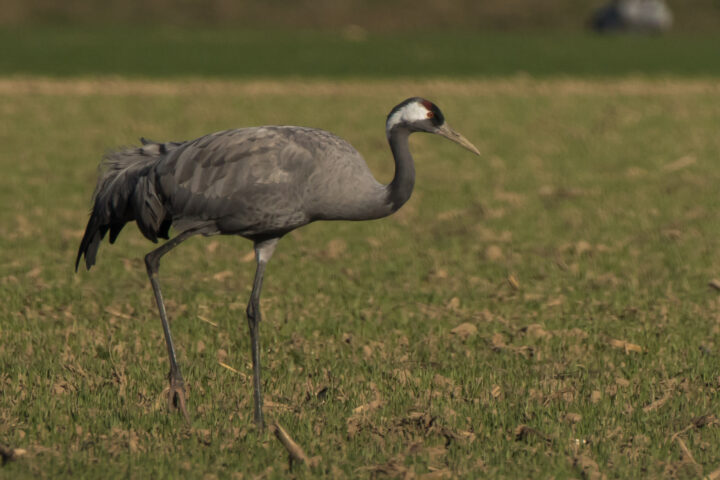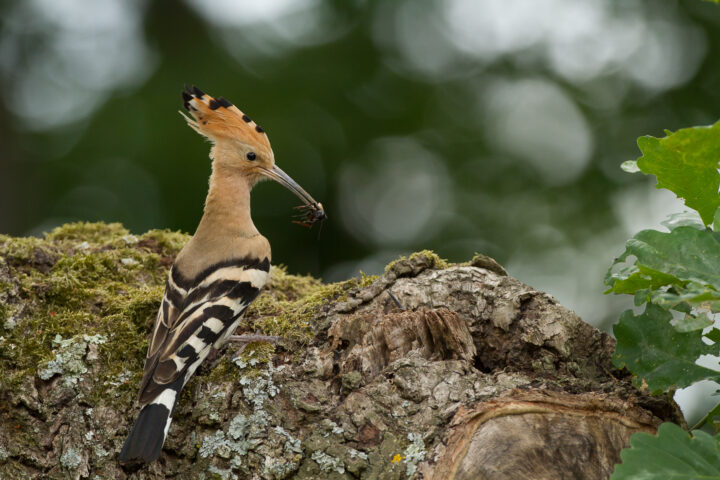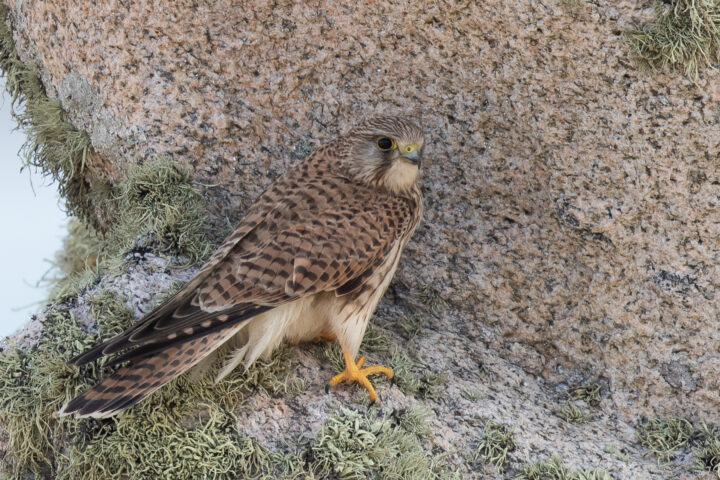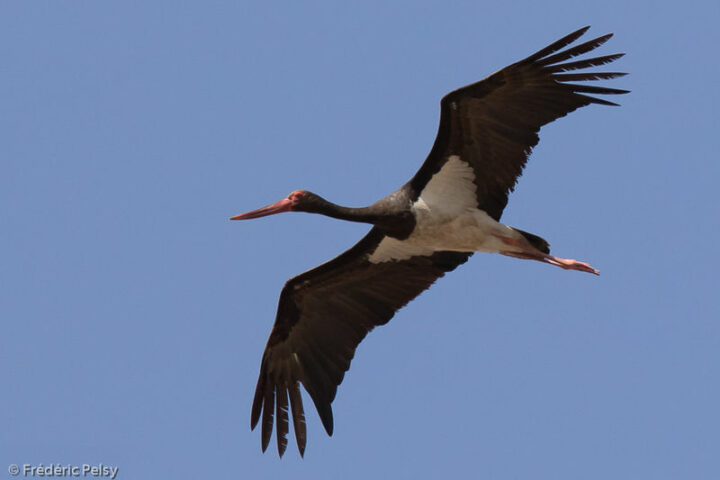Barn Swallow
Hirundo rustica
Classification
- Order: Passeriformes
- Family : Hirundinidae
- Genus : Hirundo
- Species : rustica
Binomial name
- Linnaeus, 1758
biometrics
- Size: 18 cm
- Wingspan : 32 to 34 cm
- Weight : 16 to 25 g
longevity
16 years
DISTRIBUTION

vocalisation
The usual call is a “vit” or “uit”, isolated, often emitted in flight. It can be repeated or it can be chained in small stanzas like “tsi di dit” or “si si sit” in interactions. The alarm call is an energetic “tsivitt” emitted in series as long as the danger persists. The song is a long, low-pitched but quite melodious chirp, in which one finds the tone of the calls and ending with a syllable stretched into a squeaky trill.
To learn more.
IUCN CONSERVATION STATUS

SHARE
IDENTIFICATION
With its streamlined body, sickle wings, forked tail and wide distribution, the Barn Swallow can be taken as a model of the family Hirundinidae.
The adult in breeding plumage has blackish upper body and wing coverts with bluish highlights in good light. Remiges and rectrices are more brown and without reflection. In the typical subspecies “rustica”, the underside of the body is white with a creamy tint. The head shows a typical brick colored forehead and throat.
Its black sides enclose the throat, include the dark eye and extend into a more or less regular blackish pectoral band which may include some brown feathers. The tail has blackish rectrices with a large white subterminal patch. Their size increases slightly from the inside to the outside, hence a forked appearance. The external rectrices lengthen while being thinned to form two narrow “nets”. The black beak, small but broad, gives access to a broad oral cavity. The very short legs are blackish.
The sexual dimorphism is very weak. The adult female can be distinguished from the male by its shorter “nets” and its plumage is a little less brilliant.
The juvenile is recognizable by its pinkish-fawn forehead and throat and the absence of tail feathers.
The species cannot be confused with any other swallow in most of its range. In Southeast Asia, one must be careful with the Tahitian Swallow, quite similar, and to a lesser extent with the Long-tailed Swallow. On the other hand, in Africa where it winters, 3 or 4 species show similarities.
The 8 subspecies described differ between them by the color of the lower parts which can go until a reddish-chestnut rather pronounced, for example in the subspecies erythrogaster of North America or savignii of Egypt. The importance of the pectoral collar also varies a lot according to the ssp. It goes by thinning from west to east and can go until the incomplete band, with a sketch only on the sides of the chest as in the ssp saturata of the east of Russia.
HABITAT
The barn swallow needs open spaces such as farmland and wetlands to feed, usually at altitudes below 1000 meters, but locally up to 3000 m.
Water bodies play an essential role, on the one hand for hunting in difficult climatic conditions and on the other hand for drinking in periods of heat.
For reproduction, it is very dependent on man and his constructions. It likes farms and rural villages where it finds confined spaces (stables, cowsheds, barns, garages and other wash houses) where it can build its nest. The condition is that these spaces are accessible at all times. This is why it nests more rarely inside houses or apartments. The presence of electrical and telephone wires used as perches is a very favorable factor. However, it is rare in the city, probably because of the distance from the hunting areas and the scarcity of nesting sites.
It is fair to ask how the species nested before man began to build houses. It was then probably rarer and had to nest in caves.
After nesting and during migration, barn swallows usually gather to spend the night in groups at the water’s edge, mainly in reed beds.
THREATS – protection
The barn swallow is a common species, globally not threatened at present. Nevertheless, a marked decline has been noted since the end of the 20th century in Western Europe, the causes of which are multiple. Its dependence on human buildings makes it vulnerable. For example, the disappearance of old-fashioned stables and barns deprives it of its traditional nesting sites. The profound modification of agricultural environments linked to the modernization of agriculture and the intensive use of pesticides of all kinds deprive it of its resource. There is a lot of evidence that the global entomofauna is becoming scarcer and that the species is suffering from an unprecedented loss of diversity.
La Gallerie








Find all the walls
15 walls
Place
14-16 Penpoll Road,London
Fresque
Hummingbird by Claire Ward ThorntonPar
Claire Ward-ThorntonOiseau
Ruby-throated HummingbirdPlace
Aknīste – Gārsene – Ausmas,LV-5218 Gārsene,
Lettonie Zemgale
Fresque
Black storksPar
Anda LāceOiseau
Black StorkPlace
Bruxelles BelgiqueFresque
Turtle DovePar
Aurore VegasOiseau
European Turtle DovePlace
Jarrestraße 20,22303 Hamburg,
Allemagne
Fresque
COMMON KESTRELPar
Hanadi ChawafOiseau
Common KestrelPlace
Lisbonne,Portugal
Fresque
Vulture & EaglePar
Tatiana SaumOiseaux
Spanish Imperial Eagle, Cinereous Vulture.Place
Kišpatićeva ul. 12,10000,
Zagreb,
Croatie
Fresque
Common KingfisherPar
Chez 186Oiseau
Common KingfisherPlace
1 Boulevard de Dresde,67000 Strasbourg,
France Grand Est
Fresque
Eurasian CurlewPar
Philippe BaudelocqueOiseau
Eurasian CurlewPlace
Tabor,1000 Ljubljana,
Slovénie
Fresque
Little TernPar
ŠkartOiseau
Little TernPlace
Roodborststraat 18,3083 WB Rotterdam,
Pays-Bas
Fresque
The European RobinPar
Marloes de KiewitOiseau
European RobinPlace
35 Rue du Général Leclerc92130 Issy-les-MoulineauxFresque
Five birds by MantraPar
MantraOiseaux
Common Kingfisher, Barn Swallow, European Goldfinch, Eurasian bullfinch, Lesser Spotted Woodpecker.Place
Place Seigneur de Monlezun,Sempesserre
Fresque
The Red PartridgePar
Adèle RenaultOiseau
Red-legged PartridgePlace
Ss Cyril & Methodius 44,Skopje 1000,
Macédoine du Nord
Fresque
Egyptian VulturePar
Dorotej NeshovskiOiseau
Egyptian VulturePlace
2 Place des Marseillaises,Marseille
Fresque
6 Mediterranean and American birdsPar
FikosOiseaux
Eurasian Hoopoe, Western Black-eared Wheatear, Blue Rock Thrush.Place
299 Avenue de l’Adour,Anglet
Fresque
11 migratory birds of the Basque coastPar
MioSHeOiseau
Common cranePlace
84 Rue du Chemin Vert,Boulogne-sur-Mer
